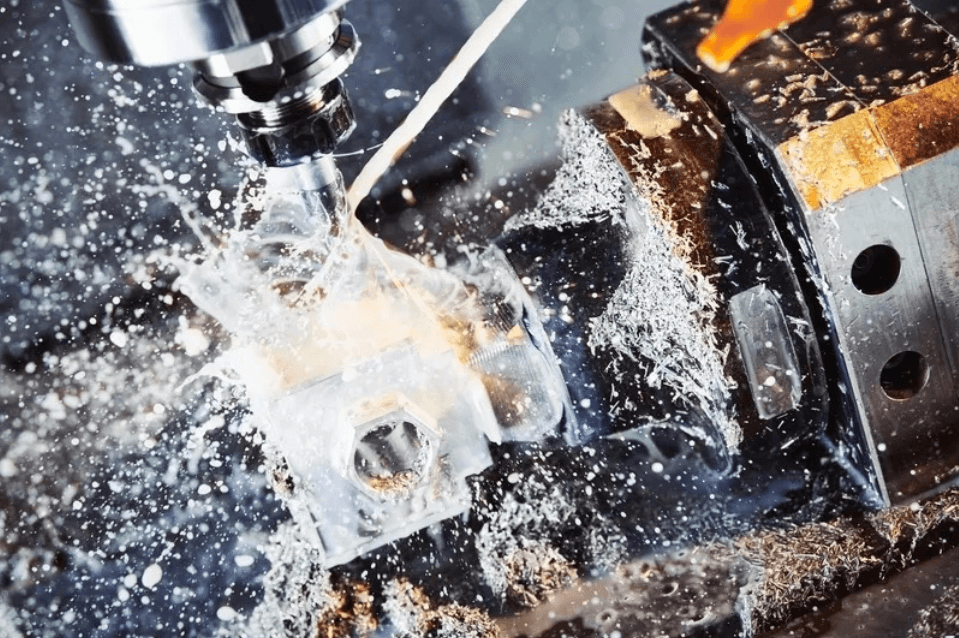What is an oil mist Hazard
Oil mist is created when metalworking fluids are sprayed by machine tools to help lubricate the tool or keep metal components cool. Oil mist is atomised oil resulting in dangerous airbourne particles. Oil mist is generated when oil or coolant is sprayed onto machine parts to aid the manufacturing process – often using compressed air to atomise the oil.
A cleaner working environment is now mandatory under legislation in many countries to protect personnel from the health and safety risks associated with oil mist.
- Primary concern is directed at respiratory problems caused by the retention of oil particles within the range of 0.3 – 3.5 microns. Above 3.5 micron the particles are usually blocked by the body’s natural filters e.g., nasal hairs and below 0.3 micron the particles are usually exhaled.
- Slippery walkways caused by oil deposits can cause accidents
- An oil coating on the fabric of a building and on the equipment within it creates a natural fire path.
- Oil mist enters electrical control panels causing faults

Health and Safety Rules and regulations
Main health risks from working with metalworking fluids
Occupational hypersensitivity pneumonitis and other breathing problems from exposure to mist from metalworking. Work-related asthma is a significant and growing problem with an estimated 1,500 to 3,000 new cases each year.
According to the below documentation, effective control measures are required to reduce exposure to Metal working Fluid mist.
Controlling airborne contaminants at work: A guide to local exhaust ventilation (LEV) – HSG258 (hse.gov.uk)
HSE and metalworking fluids – Metalworking fluids – HSE
UKLA-HSE-Good-Practice-Guide-for-Safe-Handling-and- Disposal-of-Metalworking-Fluids.pdf

